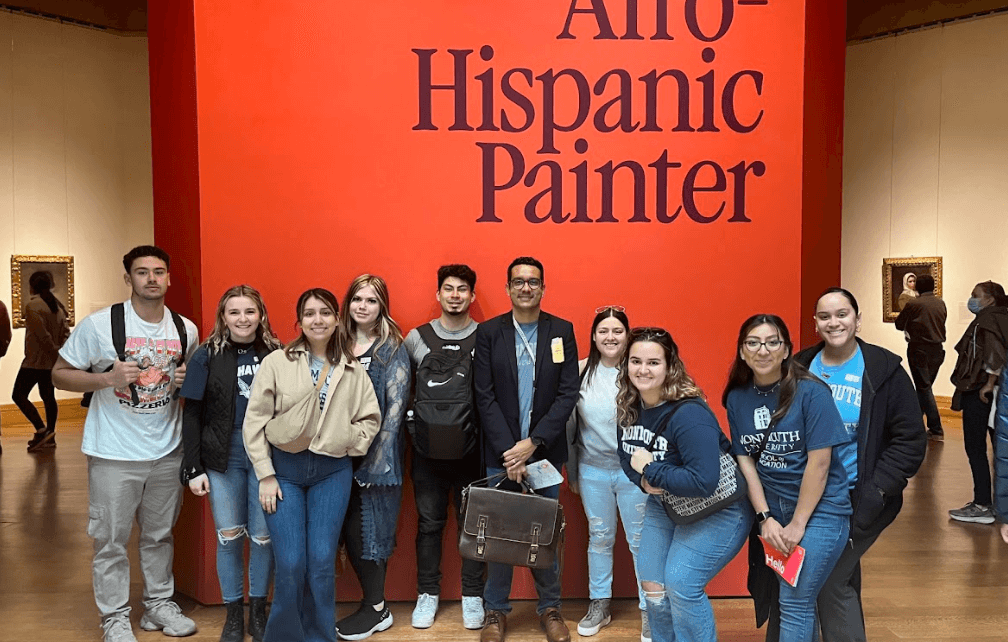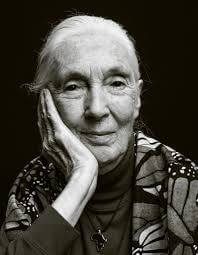Luis Mora-Ballesteros, Ph.D., Lecturer of Spanish and Literatures of Latin America and the Caribbean, took his Afro-Caribbean Literature class to the Metropolitan Museum of Art (the MET) in New York City on Thursday, April 6. There, they visited the exhibit spotlighting Afro-Hispanic painter Juan de Pareja.
The class, which consists of nine students, departed from campus early in the morning to spend the first half of the day moving through the exhibit. They then shared a Venezuelan lunch before returning to campus.
The exhibit centered around the Portrait of Juan de Pareja by Diego Velázquez, who enslaved de Pareja for more than two decades. It aimed to “recast the so-called Golden Age of Spanish art from its very core,” as explained by the exhibit’s signage. “Over the course of the 1600s, Blackness became increasingly synonymous with enslaved status, but legal documents of the time enumerate a wide range of color descriptors and ethnic origins. Freed people of color also comprised a sizable percentage of the population, their visibility and participation in everyday life prompting a literary tradition describing Seville as a chessboard.”
This re-examination of history through a more diverse lens is exactly what Ballesteros’ class intends to achieve, according to Emma Cooper, a junior Spanish education student. She noted, “Early in class we broke down the myth that Columbus discovered America and examined the lingering disrespect for native cultures and histories we have because of that myth.”
Describing the portrait, Cooper commented, “He (de Pareja) was painted in the style of an upper-class individual. In other classes when I’ve been exposed to art from this era, I saw works that were all white people, and it was really refreshing to see a person of color represented, and not just shown, but shown in a higher status position.” The class discussed the significance of this symbolic power and each interviewee commented on how they had never seen an image like the one of de Pareja.
Savannah Steinhauer, a public health student, reflected, “I must have sat and stared at [the portrait] for at least 30 minutes. I mean, it was profound.”
The Afro-Caribbean Literature class is well-loved by its students. Selene Ramirez, a junior Spanish education student, explained, “It’s different from any class I’ve ever taken before. This professor is unique and different; he really encourages us to be engaged and to participate.”
“Dr. Mora-Ballesteros has almost a catchphrase for the class, ‘Vivir Experiencia,’ or ‘To live experience,’” concurred Cooper.
The students likewise emphasized how multi-disciplinary the class is, examining everything from visual arts to music, to poetry and literature. Cooper added, “We aren’t forced to memorize things. We’re actually learning. He [Mora-Ballesteros] shows visuals really frequently and that helps us get the most out of something.”
“It was the most perfect field trip for the class,” gushed Steinhaur, “This class will completely alter your idea of history and culture. You see history from the artists perspective. Instead of learning from a history book you’re learning through the eyes of the people and how they see things, because history books aren’t always accurate, or at least, they don’t tell the whole story. It’s almost like firsthand experience.”



